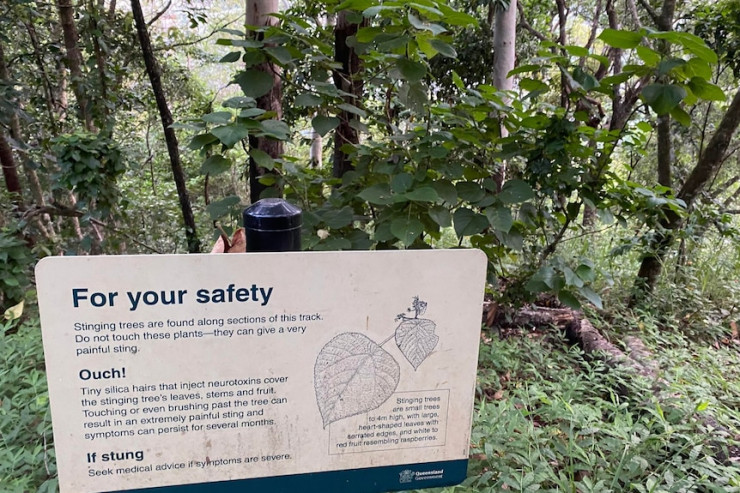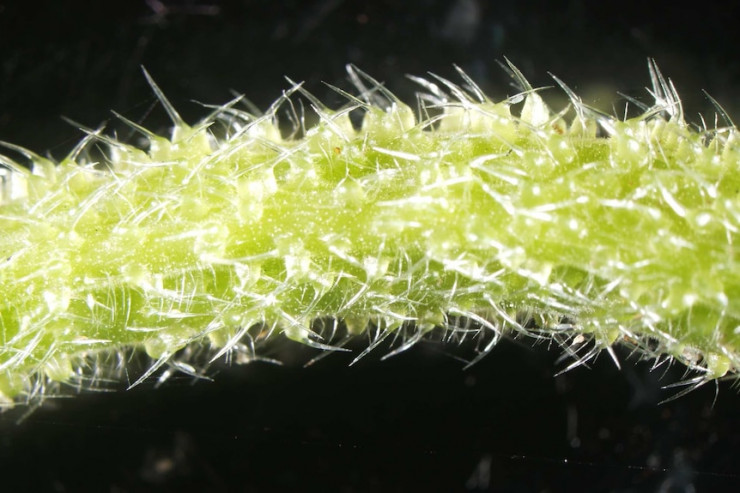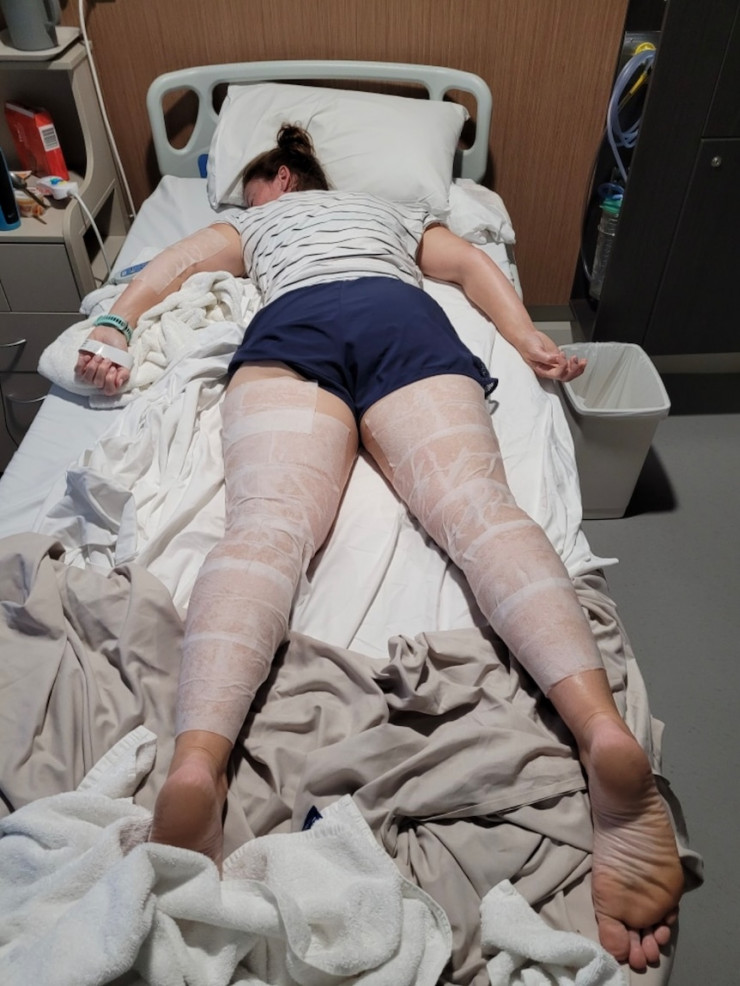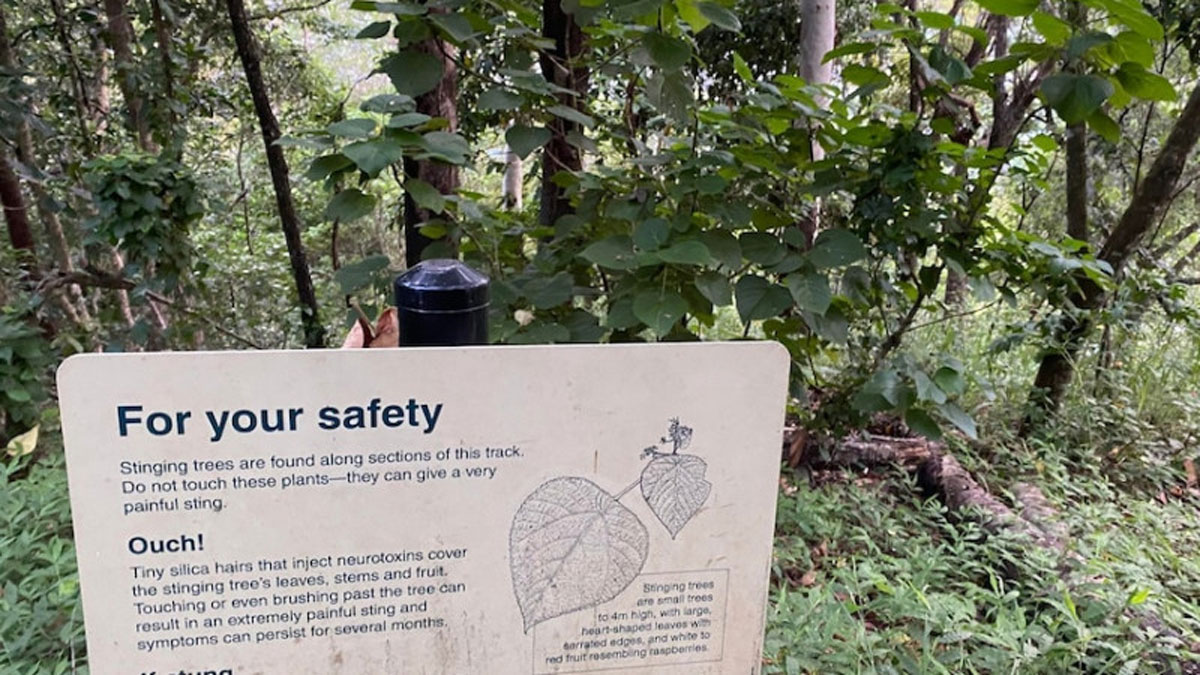42-year-old Australian Naomi Lewis “met” a poisonous stinging tree while riding a mountain bike in northern Queensland. Details of a dangerous meeting with “Gimpi-Gimpi” were told by the ABC resource.
The woman said that the pain she felt in both legs was “100 percent of the worst pain of her life.” Naomi felt as if her feet had been set on fire.
“The pain was just unbearable. My body reached the pain threshold, and I began to feel sick from the pain,” a source quoted Lewis as saying.

The mother of four children admitted that the pain during childbirth was not as strong as when bitten by a poisonous plant, a distant relative of the familiar nettle.
“The victim’s husband, Richard, took her to the nearest pharmacy, where they bought leg wax strips to remove fine hairs from the leaves and stems of the tree. They dug into her skin like needles, injecting their deadly poison into the victim. To heat the epilation strips, they used the hood of the car,” the resource continues.

Doctors at the hospital could not heal the woman in pain: they gave her painkillers and covered her legs with heated blankets.
“I thought it relieved the pain a little,” recalls the victim, who was released from the hospital only a week later.

She continues to take painkillers and “lives with heating pads tied to her legs.” The woman says that even nine months after the accident, she still feels pain, similar to the “click of an elastic band”, even with a slight breeze.
Lewis was stung by a plant that is the most poisonous on the Australian continent and one of the most dangerous on the planet. Until now, there is no clear first aid algorithm for a bite or other treatment other than local anesthesia.
“The best thing anyone can do if they are stung is to seek medical attention immediately and not try to heal themselves. Some parks and tourist sites have signs warning of poisonous trees growing nearby. Do not approach or touch them. This dangerous,” said toxicologist Ruth Young.

